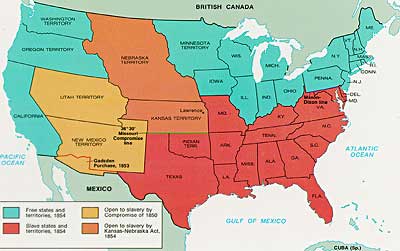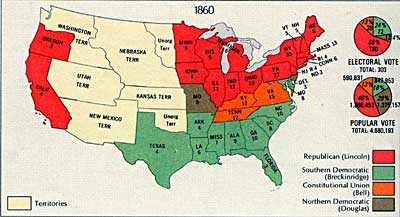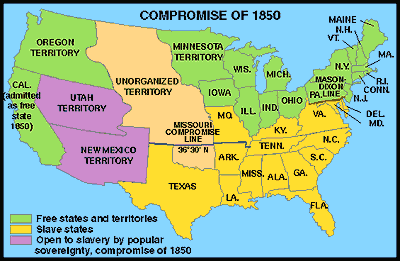Antietam
Antietam was the bloodiest day of the Civil War with 22,000 casualties combined. This battle was very important because even though the battle was a draw, other countries in Europe did not join the war because the South did not prove to them that they could win the war. The Union should of won easily because they had a 2 to 1 advantage with troops. Then prior knowledge that General George B. McClellan was that Lee's forces were in front of the Potomac River so they could not retreat. But even though it was a military draw, this gave the the President of the United States Abraham Lincoln the "victory" he needed to state the Emancipation Proclamation.
 |
| This war was really the first war that took pictures of what war really looked like. Emancipation Proclamation |
The Emancipation Proclamation said that slaves in the rebellious states were free. But slaves living in the border states were no freed. But the proclamation also allowed African Americans to join the army for the North which they so desperately needed to fight against the south. But this gave the war a new reason to fight for a new "moral force" for the Union to keep fighting.
 |
| Add caption |









